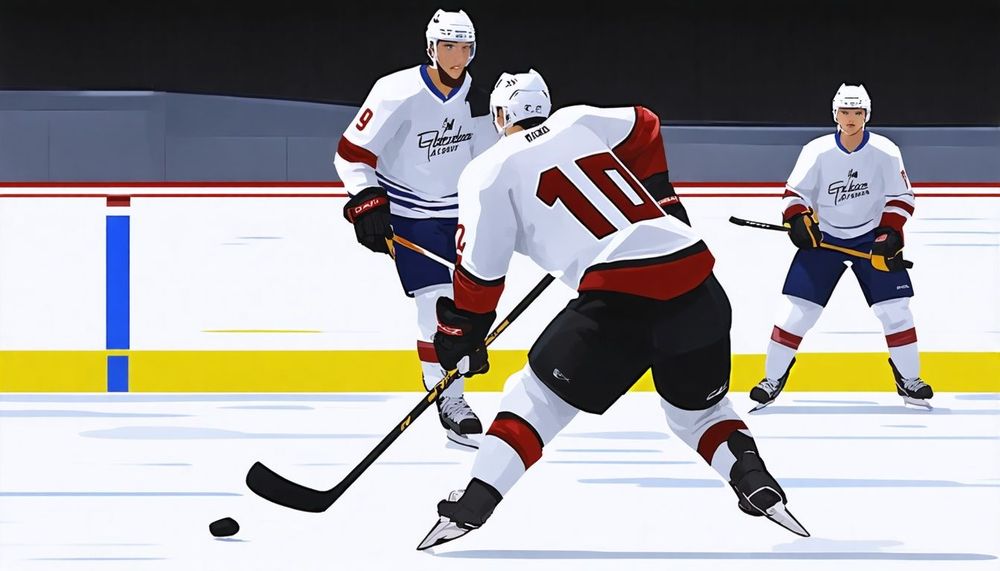NHL CBA Changes: New Path for 19-Year-Old Prospects

As the NHL collectively prepares for the expiration of the current collective bargaining agreement (CBA) in September 2026, recent developments have sparked considerable interest within the hockey community. This summer, a framework for a new deal was reportedly agreed upon by the NHL owners and the NHL Players Association. While the full Memorandum of Understanding has yet to be released, notable changes have been highlighted by NHL insiders, including a significant policy adjustment regarding the assignment of 19-year-old prospects to AHL teams.
Under the new CBA set to take effect with the 2026-2027 season, each NHL team will be permitted to assign one 19-year-old prospect to their American Hockey League (AHL) affiliate each season. This policy represents a shift from the existing rules dictated by the CHL-NHL agreement, which restricts players drafted from Canadian major-junior leagues—including the Ontario Hockey League (OHL), Western Hockey League (WHL), or Quebec Major Junior Hockey League (QMJHL)—from being assigned to the AHL or ECHL until they reach the age of 20 or have completed four seasons in the CHL. The implications of this change could be profound for player development as it allows 32 players annually to pursue opportunities in the AHL, challenging and refining their skills in a professional environment.
Prospects like Vancouver Canucks forward Braeden Cootes, who will turn 19 in February of 2026, could be assigned to the Abbotsford Canucks if the team decides that remaining in the WHL is not conducive to his growth. The age-based rule allows for the possibility that a player drafted from the CHL who is 19 during the fall immediately following the draft could bypass a return to junior hockey altogether. For instance, 2026-eligible prospect Ryan Roobroeck, whose birthday falls in September 2007, could sign his entry-level contract (ELC) and potentially be assigned directly to an AHL team instead of returning to the Niagara IceDogs, enhancing their development trajectory significantly. This change offers an alternative pathway for CHL-affiliated prospects, addressing the longstanding need for more tailored development options in the face of evolving player needs and challenges in the league.









